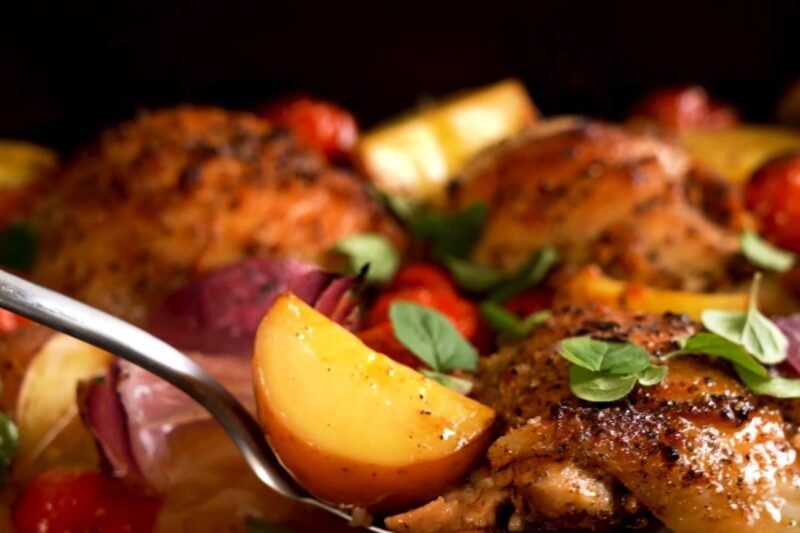Among the variety of nutritional plans today, the Pollo-Pescetarian Vegetarian Diet is something that definitely stands out. This eating regimen is an interesting combination of food choices that might seem unusual at first glance.
A while ago, I stumbled upon this food program and I gave it a try. At first, it wasn’t easy at all, I’ll admit. But over time I started to notice many benefits that completely changed my mind.
Therefore, today we’ll explore what this diet entails, its benefits, and how it can be incorporated into one’s lifestyle.
The Basics
The Pollo-Pescetarian diet is a unique blend of the pescetarian and the pollo-vegetarian diets. In essence, followers of this eating regimen consume poultry and fish but abstain from red meat and often other meats too.
It is a relatively new entrant in the world of food programs but has been gaining traction due to the benefits associated with both poultry and fish consumption.
This eating regimen stems from the idea that fish and poultry can be excellent sources of protein, essential fats, and other nutrients, without the potential downsides that some associate with red meat.
Roots and Origin
Historically, dietary choices were largely influenced by geography, culture, and availability. Coastal regions naturally gravitated towards seafood, while regions with vast grasslands often consumed more red meat.
The Pollo-Pescetarian diet isn’t tied to a particular culture but is more of a modern interpretation of combining the benefits of two diets. The term “Pollo” comes from the Spanish word for chicken, indicating the inclusion of poultry.
Meanwhile, “Pescetarian” is derived from the Italian word “pesce,” meaning fish. Hence, the amalgamation of these words aptly describes the essence of this regimen.
What are Its Benefits?
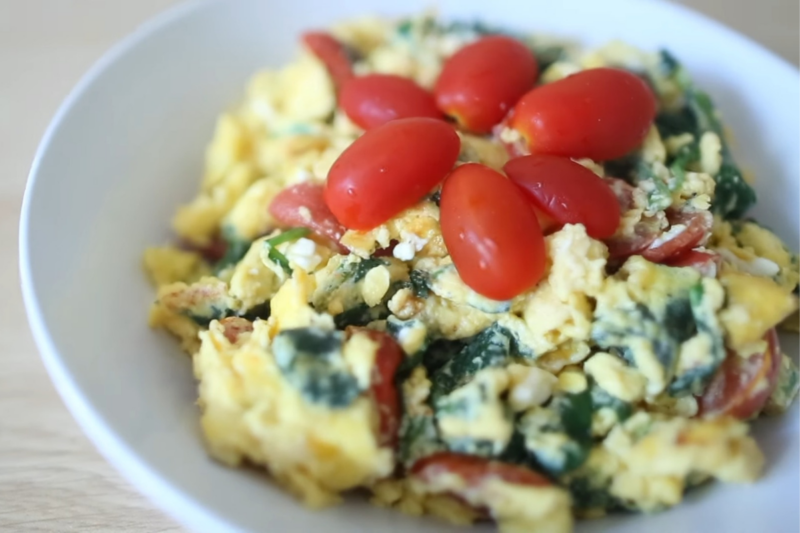
Nutritional Advantages
Fish and poultry are lauded for their nutritional profiles. Fish, especially fatty varieties like salmon and mackerel, are rich in omega-3 fatty acids which are beneficial for heart health. They also provide a good dose of vitamin D, selenium, and protein.
Poultry, on the other hand, is a lean source of protein and is rich in essential vitamins and minerals. By combining fish and poultry, adherents of the Pollo-Pescetarian diet can potentially reap the benefits of both.
They get the essential fatty acids from fish and lean protein from poultry, offering a balanced and nutrient-rich dietary choice.
Lower Saturated Fat
Generally, poultry and fish have less saturated fat than red meats, which can be beneficial for cholesterol levels and overall heart health when consumed as part of a balanced eating program.
Reduced Risk of Certain Diseases

Some studies suggest that a diet high in red and processed meats can increase the risk of certain diseases, including certain types of cancer and heart disease. By minimizing or excluding red meat, the Pollo-Pescetarian diet may offer protective benefits.
Environmental Impact
From an environmental perspective, this food program can have a smaller carbon footprint compared to regimens that rely heavily on red meat. Livestock farming, especially beef, is resource-intensive and contributes significantly to greenhouse gas emissions.
Conversely, sustainable fishing and poultry farming have a lesser environmental impact. Moreover, by opting for this food program there’s a possibility to support sustainable fishing practices and poultry farms that prioritize animal welfare, further enhancing the environmental benefits.
Crafting a Meal Plan
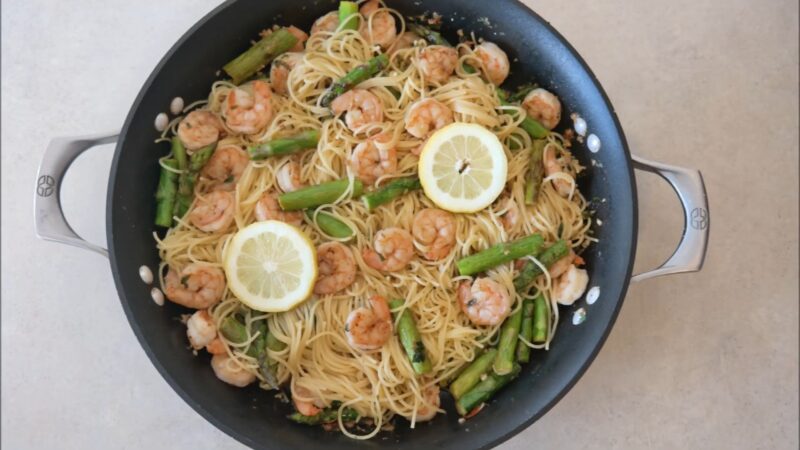
One of the things I like the most about the Pollo-Pescetarian diet is the sheer variety it offers. From grilled salmon steaks and tuna salads to roasted chicken and turkey sandwiches, the options are endless. You’ll never get bored of the food you eat!
It’s essential, however, to ensure diversity in meals, incorporating various fish types and poultry parts to achieve a balanced nutrient intake.
Additionally, just like any other diet, the inclusion of ample fruits, vegetables, grains, and legumes is vital. They not only provide necessary vitamins, minerals, and fibers but also add color, flavor, and texture to meals, making the regimen both nutritious and delightful.
Here’s an example of how your meal plan could look like:
| Day | Breakfast | Lunch | Snack | Dinner |
|---|---|---|---|---|
| 1 | Scrambled eggs with spinach and feta | Grilled chicken salad with mixed greens | Yogurt with nuts and berries | Grilled salmon with steamed broccoli and quinoa |
| 2 | Whole grain toast with avocado | Tuna salad with olives and cherry tomatoes | Hummus with carrot sticks | Chicken stir-fry with bell peppers and brown rice |
| 3 | Omelette with mushrooms and cheese | Shrimp pasta with lemon and asparagus | Seaweed snacks | Roasted chicken with sweet potatoes and green beans |
| 4 | Smoothie with banana, spinach, and chia seeds | Chicken Caesar salad | Edamame | Fish tacos with cabbage slaw |
| 5 | Greek yogurt with granola and honey | Sardine toast with cucumber | Nuts and dried fruits mix | Chicken curry with lentils and basmati rice |
| 6 | Poached eggs with smoked salmon | Prawn and mango salad | Cottage cheese with pineapple | Spaghetti with chicken meatballs and marinara sauce |
| 7 | Pancakes with berries and maple syrup | Fish and vegetable kebabs with tzatziki sauce | Celery with peanut butter | Roast chicken with rosemary potatoes and salad |
Balancing Macronutrients
While fish and poultry are central to the Pollo-Pescetarian diet, it’s essential to balance macronutrients. This means ensuring an appropriate intake of carbohydrates, proteins, and fats. Fish provides healthy fats, while poultry offers lean protein.
However, to complete the nutritional circle, incorporating whole grains, nuts, seeds, and dairy or its alternatives is crucial. Maintaining this balance ensures that you’re fueling your body with everything it needs.
Plus, it offers the flexibility to experiment with different recipes and cuisines, making the dietary journey an exciting and enriching one.
Potential Challenges and Solutions
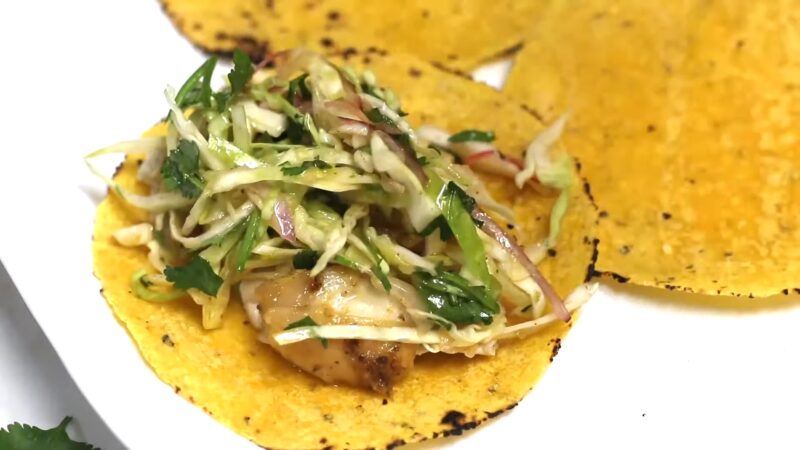
While this eating regimen promotes consuming fish and poultry, it’s essential to recognize the importance of sustainability. Overfishing is a pressing concern, threatening marine ecosystems and fish populations.
Likewise, poultry farming can also have its set of environmental and ethical challenges. To navigate these challenges, educate yourself on sustainable seafood choices. Opt for wild-caught or responsibly farmed fish.
When it comes to poultry, look for organic, free-range, or pasture-raised labels, which often indicate better living conditions for the birds and fewer chemicals in their feed.
Achieving Complete Nutrition
While fish and poultry offer a wealth of nutrients, solely relying on them can lead to potential gaps in one’s diet. For instance, certain minerals and vitamins abundant in red meat might be consumed in lesser quantities in a Pollo-Pescetarian diet.
Addressing this challenge involves diversifying your regimen further. Incorporate fortified foods, consider supplementation after consulting with a nutritionist, and regularly consume a variety of fruits, vegetables, grains, and legumes.
These steps can help ensure that you’re getting a full spectrum of essential nutrients.
Common Misconceptions
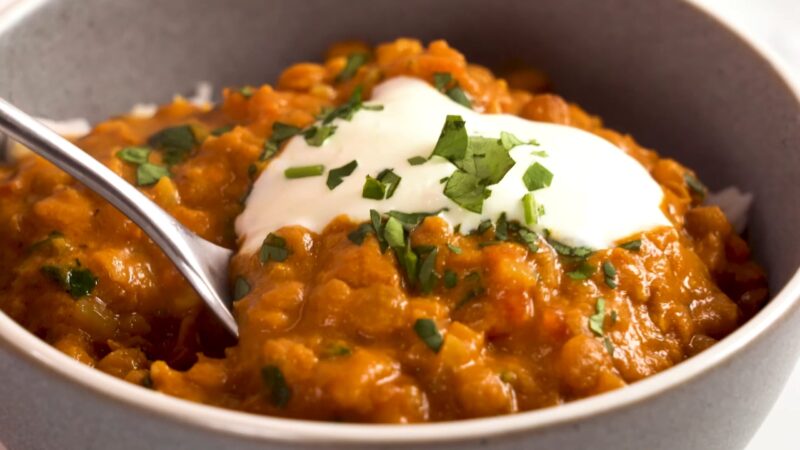
Is It Just a Weight Loss Regimen?
A common misconception surrounding the Pollo-Pescetarian diet is that it’s solely a weight loss regimen.
While it’s true that this eating program can be lower in saturated fats and calories compared to those heavy in red meat, its primary focus is on health and sustainability.
Weight management might be a positive side effect for some (including me, and I admit, it did make me happy), especially if they’re making mindful choices within the diet’s framework.
However, it’s essential to understand that Pollo-Pescetarianism is more about holistic well-being than just shedding pounds.
Does It Exclude Plant-Based Foods?
Given the emphasis on fish and poultry, some mistakenly believe that this eating program excludes plant-based foods. In reality, fruits, vegetables, legumes, and grains are vital components of this eating program, providing essential nutrients and balancing out meals.
Integrating a wide array of plant-based foods ensures fiber intake, antioxidants, and other beneficial compounds, enhancing the overall health benefits of the regimen.
Tailor It to Your Personal Needs!
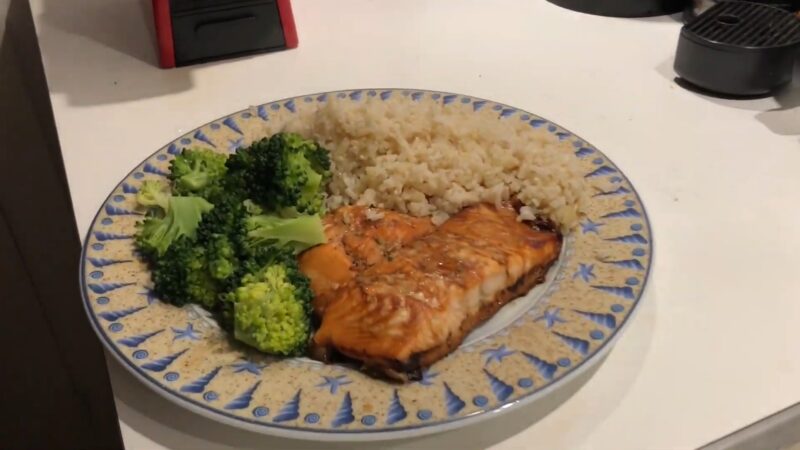
Every individual’s nutritional needs and preferences are unique. While the Pollo-Pescetarian diet provides a guideline, it’s vital to adjust and modify it according to your body, lifestyle, and palate.
For instance, someone with a seafood allergy can lean more towards poultry while still incorporating the principles of the eating regimen. Similarly, athletes or those with higher protein needs might adjust their portions and meal frequency accordingly. Find what works for you and enjoy.
Listen to Your Body
The most successful eating regimens are those that align with an individual’s body and lifestyle. If you choose to adopt this eating program, pay attention to how your body reacts.
Monitor energy levels, digestive health, skin condition, and other indicators to ensure the diet is serving you well. If needed, don’t hesitate to consult with a nutritionist or dietitian. They can provide tailored advice, ensuring that the regimen supports your overall health and wellness goals.
FAQs:
Can I still eat dairy and eggs on a Pollo-Pescetarian diet?
Yes, this regimen primarily concerns the sources of meat consumed. Dairy products and eggs are not restricted, making it more versatile for those who enjoy these foods.
How do I ensure I’m getting enough iron without red meat?
While red meat is a well-known source of iron, there are numerous other iron-rich foods to consider. Poultry and fish do provide iron, but it’s also beneficial to incorporate plant-based sources.
Foods like lentils, chickpeas, quinoa, fortified cereals, spinach, pumpkin seeds, and tofu are excellent sources. Pairing iron-rich foods with vitamin C can also boost absorption, so consider having a citrus fruit or bell pepper alongside your meal.
Are there any risks associated with consuming too much fish?
While fish is nutritious, it’s important to be aware of mercury levels, especially in larger predatory fish like shark, swordfish, and king mackerel. Consuming high amounts of these fish can lead to mercury accumulation in the body.
It’s advisable to diversify your fish intake, opting for smaller fish like sardines, anchovies, or wild-caught salmon, which typically have lower mercury content.
How do I ensure I’m choosing sustainably sourced fish and poultry?
Research brands and certifications that promote sustainable practices. For fish, look for labels such as the Marine Stewardship Council (MSC) or the Aquaculture Stewardship Council (ASC). When it comes to poultry, choose brands that are certified organic, free-range, or pasture-raised.
Local farmer markets or specialty stores can also be excellent sources of ethically sourced products.
Can the Pollo-Pescetarian diet be adopted by children and seniors?
Absolutely, but like any food program, it needs to be well-planned to ensure all nutritional requirements are met, especially during phases of growth or for specific health needs.
It’s always advisable to consult with a pediatrician or geriatric nutrition specialist when introducing significant dietary changes for these age groups.
The Bottom Line
To sum up, the Pollo-Pescetarian diet offers a fascinating blend of health, taste, and sustainability. Like any dietary choice, it requires understanding, mindfulness, and a touch of creativity.
If you’re looking for an eating program that marries the benefits of both the sea and land (minus the red meat), this could be perfect for you.

